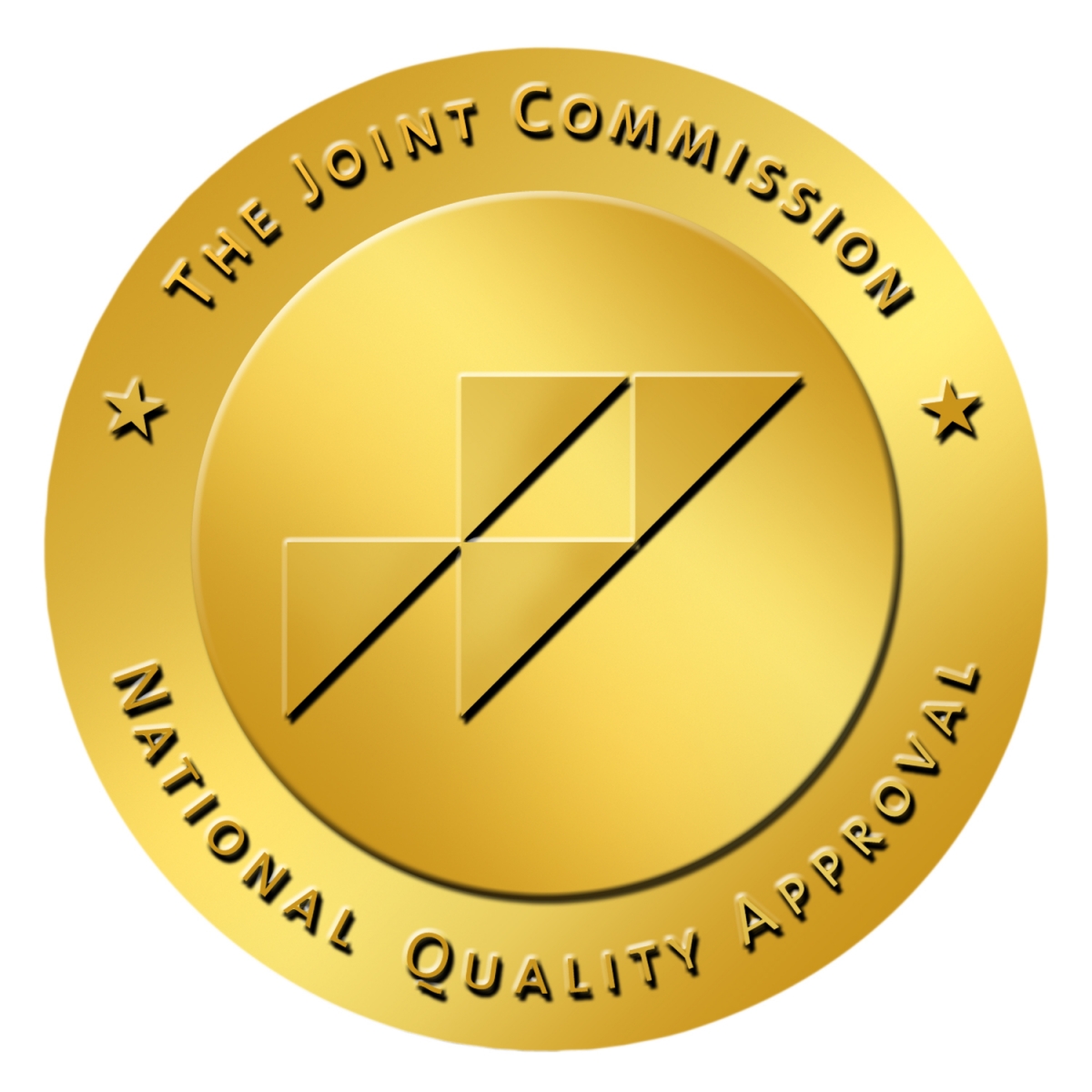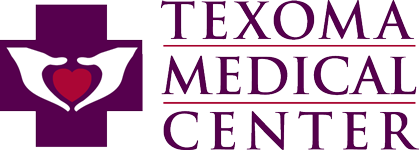Neurological Care for the Back and Neck
Pain in the low back and neck can make going about your daily routine very difficult. Left unresolved, these types of pain can increase with time and lead to more serious health complications. If you suffer from low back or neck pain, we highly recommend you seek proper medical attention before conditions worsen.
Specialists at Texoma Medical Center offer various treatment options for patients suffering from acute back or neck pain. These issues, often caused by wear and tear and prolonged standing or sitting, can greatly impact your quality of life.
Strain on the lower back and neck can be common symptoms and causes of a variety of health issues. These include degenerative disc disease, bone spurs, compression fractures, herniated discs, spinal stenosis and even loss of bladder or bowel control.
Find a Spine or Neck Surgeon
To find a surgeon who specializes in low back and neck pain at Texoma Medical Center, please call 903-416-DOCS or search for a doctor online.
Low Back Pain
Texoma Medical Center utilizes advanced technology to treat a variety of issues affecting the lower back. These issues include degenerative traumatic injury, degenerative pathology, and deformity. Treatment options include motion-sparing artificial disc replacement, minimally invasive sacroiliac joint fusion, minimally invasive microdisc surgery for nerve compression, balloon kyphoplasty for fractures, posterior lumbar fusions and anterior cervical fusions.
Neck Pain
For neck pain, Texoma Medical Center treats a variety of conditions. These include spinal fracture, spinal cord injury, and degenerative and development anomalies. Neck pain procedures are evidence based and may utilize the motion-sparing technology of artificial disc replacement, spinal fusion or cervical disc replacement surgery.
Fusions for Back and Neck Pain
We offer several types of fusion surgery to help relieve pain in the back and neck. Fusion is the process of two or more bones growing together and becoming one solid bone.
Spinal Fusion
 Texoma Medical Center has earned The Joint Commission’s Gold Seal of Approval® for Spinal Fusion Certification by demonstrating continuous compliance with its performance standards.
Texoma Medical Center has earned The Joint Commission’s Gold Seal of Approval® for Spinal Fusion Certification by demonstrating continuous compliance with its performance standards.
Learn more about this certification →
Spinal fusion is a procedure used to correct problems with the small bones in the spine (vertebrae). During this procedure, extra bone is used to fill the space between two vertebrae. When the bone heals, a single, solid bone is formed. In other words, the two vertebrae are fused together. This helps eliminate pain and restore stability to the spine.
Minimally Invasive Sacroiliac Joint Fusion
The sacroiliac joint connects the hip bones to either side of the sacrum, the bone at the base of the vertebrae that is connected to the pelvis. This joint serves as a shock absorber between the lower body and torso and helps prevent impact forces from reaching the spine.
Sacroiliac joint fusion surgery is performed when other treatments fail to relieve pain, such as physical therapy or injection therapy. In minimally invasive sacroiliac joint fusion, a small incision is made in the buttock, then one or both sides of the sacrum is grafted to the upper part of the hip bone to encourage bone growth across the joint.
Posterior Lumbar Fusion
In posterior lumbar fusion, two levels of the lower back are fused together. This is done by first removing the spinal disc between two vertebrae. The disc is then replaced by a spacer or "cage" made of bone or a synthetic material. Over time, the bone will grow between the two vertebrae, essentially fusing them together. This prevents that segment of the back from moving and thus relieves any pain.
Anterior Cervical Fusion
When a herniated or degenerative disc in the upper spine presses on nerve roots, it causes pain. Anterior cervical fusion can be performed to help reduce or eliminate this chronic pain in the neck and back.
During this procedure, the herniated or diseased disc is removed. A spacer, bone graft, and metal implants are then added to replace the disc. Over time the two vertebrae become fused together, which relieves the pain.
Follow-up Care
We provide inpatient and outpatient therapy after a back or neck procedure to help promote the best possible outcome. Rehabilitation services provided include mobility and stretching exercises. These services are designed to achieve pain relief in the lumbar spine, spinal canal, facet joints and other muscles and ligaments.
Depending on the level of rehabilitation needed, there are several options for physical therapy. Some patients may need intensive therapy that can be found with inpatient care at TMC Reba McEntire® Center for Rehabilitation. Other patients may benefit from outpatient care provided by rehab specialists at TMC Outpatient Therapy Services or TMC Home Health.
Reba® and Reba McEntire® are registered trademarks licensed by “Reba’s Business, Inc.”
